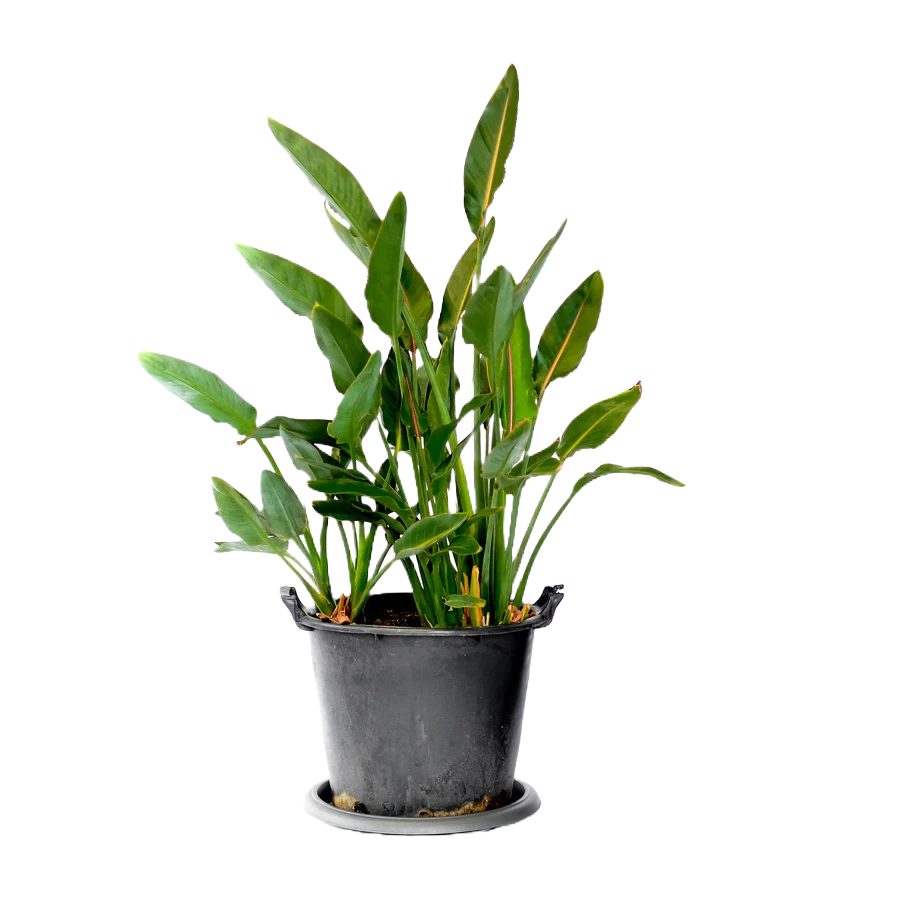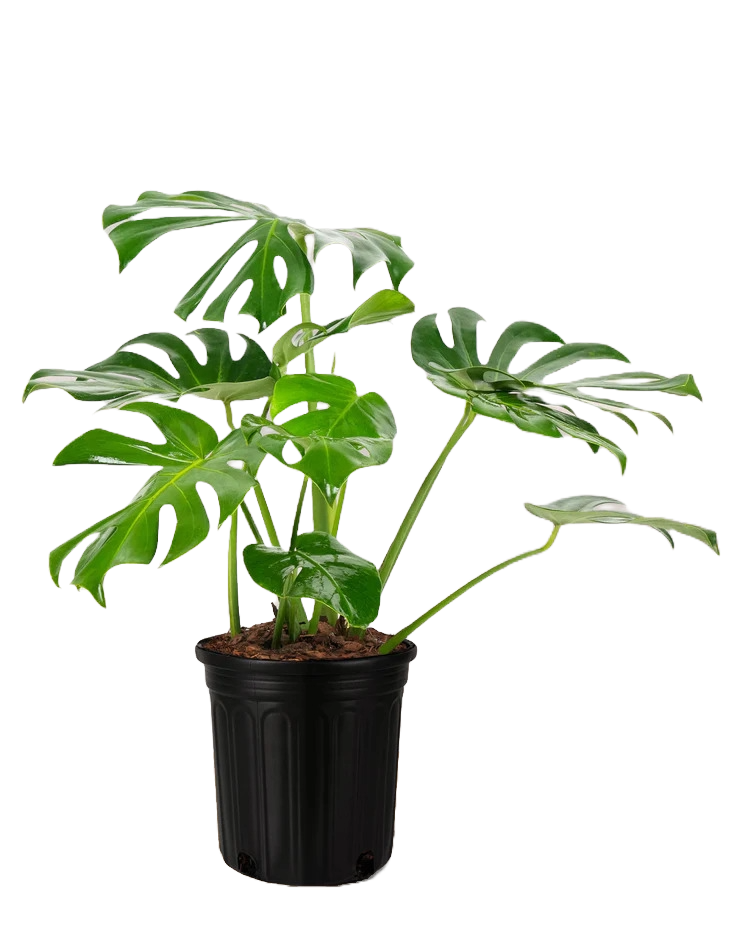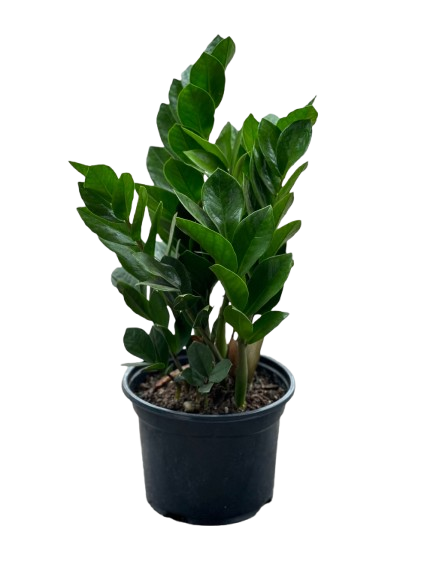
Why Grow Japanese Maple?
- Stunning seasonal color transitions — from lush green to fiery red or orange.
- Perfect for small gardens, courtyards, and patios.
- Ideal specimen for bonsai enthusiasts.
- Low maintenance once established.
- Adds elegance and tranquility to any outdoor space.
Cultural & Historical Significance
In Japanese culture, the Maple tree symbolizes peace, balance, and serenity. The delicate leaves are celebrated during the autumn season in a tradition known as Momijigari — the viewing of red maple leaves. In China, the maple is often associated with endurance and beauty through change. Western landscapes embraced the Japanese Maple in the 19th century, where it became a symbol of refined taste and harmony with nature, often used in Zen-inspired gardens and art collections worldwide.
Ideal Growing Conditions in Kenya
- Sunlight: Prefers partial shade; avoid harsh afternoon sun.
- Soil: Well-draining, slightly acidic loam rich in organic matter.
- Temperature: Thrives in 10°C–25°C; ideal for cooler highlands.
- Watering: Keep soil consistently moist, not soggy.
- Regions: Best suited for Nairobi, Limuru, Tigoni, and Mount Kenya slopes.
How to Plant a Japanese Maple
- Choose a partially shaded location protected from strong wind.
- Dig a hole twice as wide as the root ball and of equal depth.
- Mix garden soil with compost and a bit of sand for drainage.
- Place the tree, backfill, and gently firm the soil.
- Water deeply after planting and mulch around the base.
Care Tips
- Water regularly, especially during hot, dry spells.
- Mulch annually to retain moisture and regulate temperature.
- Prune lightly in late winter to shape and remove dead branches.
- Avoid fertilizers high in nitrogen — use a balanced slow-release type.
- Protect from strong sun and dry wind to prevent leaf scorch.
Pests & Diseases
Japanese Maples are generally resilient but may be affected by aphids, scale insects, or powdery mildew. Maintain airflow and use neem oil or mild insecticidal soap to control infestations. Root rot can occur in poorly drained soil, so ensure adequate drainage.
Pet Safety
The Japanese Maple is non-toxic to pets and safe around cats and dogs, making it a perfect ornamental choice for pet-friendly gardens.
Growing in Containers
Japanese Maples grow beautifully in pots and containers. Choose a large ceramic or clay planter with good drainage. Regularly water and prune to maintain size and shape. Container-grown trees also make excellent patio or balcony accents.
Where to Buy Japanese Maple in Kenya
Find premium-quality Japanese Maple trees and other ornamental plants at Plantify.co.ke. We offer healthy saplings and stylish pots for delivery across Kenya, perfect for homes, hotels, and garden spaces.
Final Thoughts
The Japanese Maple stands out as a living sculpture — graceful, colorful, and serene. Whether planted in a garden or kept as a bonsai, it embodies the beauty of nature’s changing seasons. Bring tranquility and timeless charm to your space with this exceptional ornamental tree.








